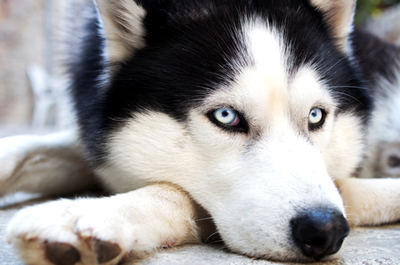
Did you know?
FACT: Dogs have genes and DNA, just like the rest of us.
Like their human carers, the domestic dog’s genetic material (their genes) is stored as chromosomes. When a cell divides, it packages its DNA into these structures. All domestic dogs, no matter their size, shape or colour, carry their genetic materials on a total of 78 chromosomes. These are found in pairs, with each pair being made up of one chromosome from each parent. One pair of these chromosomes determine a dog’s sex; just like humans, X and Y chromosomes exist, with dogs being XY and bitches XX.
FACT: Dog chromosomes were first described by scientists in 1928.
A gene is a functional unit on a chromosome that directs an organism’s cells to perform a particular function e.g. your red blood cells carry oxygen around your body using a protein called haemoglobin. This protein is made from a master set of genetic instructions in two genes that sit on different chromosomes. The genetic instructions are written in a code of A, C, G and T letters.
FACT: Dogs’ best friend (humans) have 46 chromosomes and their famous enemy (cats) have 38.
Despite the difference in numbers, dogs, cats and humans have pretty much the same overall amount of DNA in each cell.
Organisms with the largest number of chromosomes: ferns often have over 100 chromosomes, with some having over 1000.
Organisms with the smallest number of chromosomes: ants, spiders and flies, many of which have fewer than 10 chromosomes. Fruitflies have 8, mosquitos have 6 and some ants as few as 2 chromosomes.
Why so many shapes, sizes and colours of dogs?
Much of the variation we see between any member of the same species (dogs, cats, humans) arises from small changes to their genetic material, DNA. These changes occur by a process called mutation and without it; the diversity of life we see on Earth would not exist. Mutation in DNA creates the variability on which evolution works.
For dogs, interesting and useful features are identified and, because they are determined genetically, they can be bred by selective breeding (i.e. choosing animals with features you want and breeding them to create new offspring with those features). We have bred dogs with regard to developing better functional capabilities (running, hunting, digging, burrowing, carrying, etc.) or looks (colour, size, shape, skin (wrinkliness), hair (texture, hairlessness), head size and shape).
What are the origins of dogs?
Domestic dogs go back at least 10-15,000 years. Most modern domestic dogs are actually derived from this larger pool of domestic dogs that arose from wolves. We can’t actually say for certain exactly when this happened, or how many times it might have occurred.
Why don’t we know for sure? Scientists can estimate when dogs and wolves first became distinct lines by comparing the genome DNA sequences of today's living animals. We know how many DNA differences there are between dogs and wolves today, so working backwards, you can (in theory) work out when they were last the same species. However, scientists still disagree with the rate of mutation, meaning that while most scientists believe that dogs and wolves separated 10-15,000 years ago, others suggest that it might actually be over 100,000 years.
Dogs can also be highly adapted to extreme environments; think of huskies in the arctic or mammals that live in hot and desert-like environments. Traits like panting in the heat are examples of behavioural traits in dogs that exist in other mammals that live in extreme environments, such as deserts.
‘How does your dog smell?’ ‘Terrible!’
Used in military and police services around the world, a dog’s sense of smell is renowned. Through selective breeding, some domestic dogs have an incredible sense of smell, being able to detect, distinguish and report on various smells such as explosives, money, drugs etc. Our ability to smell comes from protein in our noses that detects chemicals that evaporate from substances. These proteins are coded for by olfactory genes and as smell is so important, there are a lot of them in most mammals.
Do you know how many numbers of genes you have that encode smell receptors? The platypus has 260, humans have 380, dogs have 800, mice have 1000, and rats have 1200.
For primates such as humans, smell is less important as they have three-colour vision (red, green and blue), but animals that rely on smell, like mice, and are active at night in the dark, have many more. Dogs also have less well-developed colour vision than humans (they see only two colours, so they don’t see red very well… hence asking a dog to chase a red toy is always tough!) but they have over twice as many smell receptors than humans.


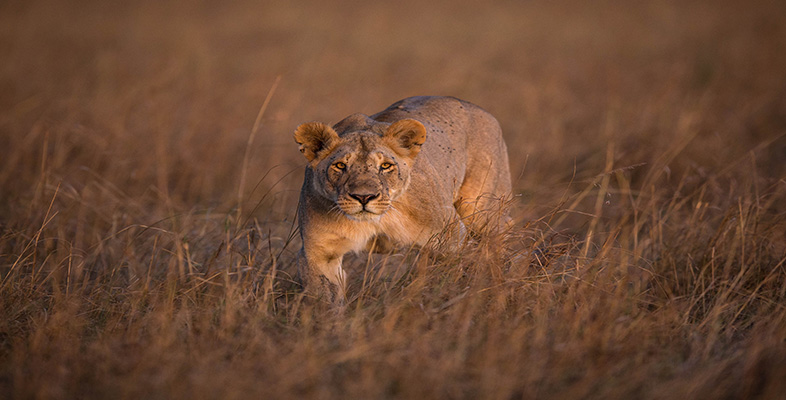
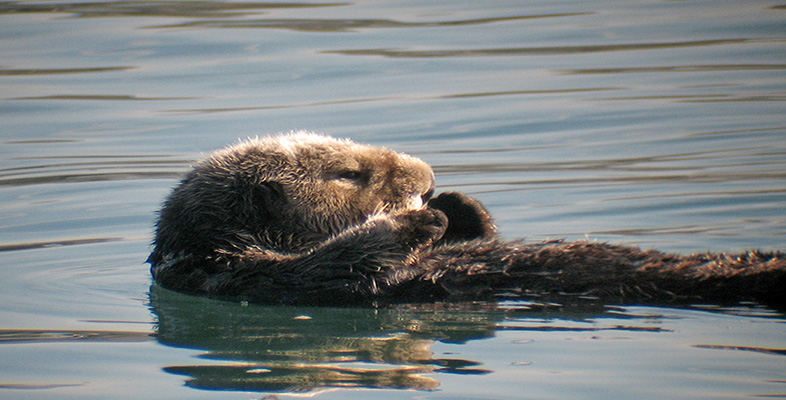


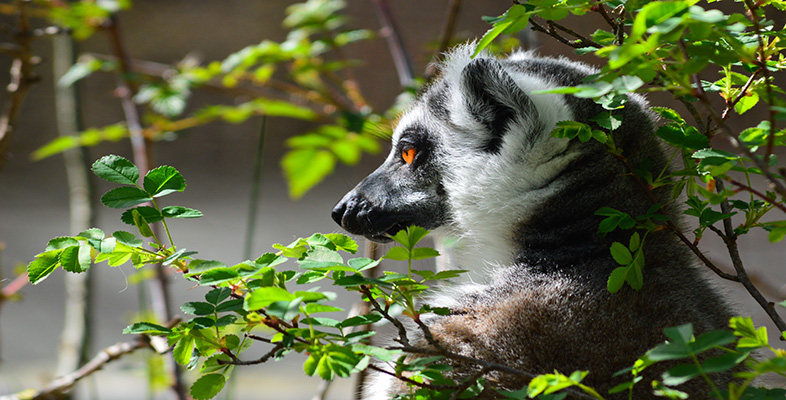
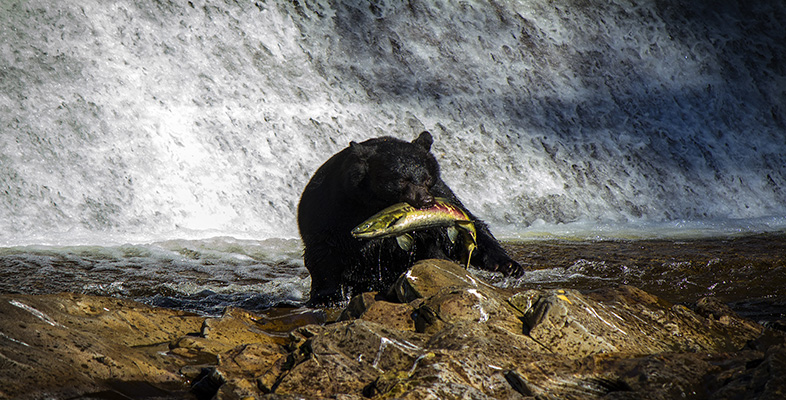
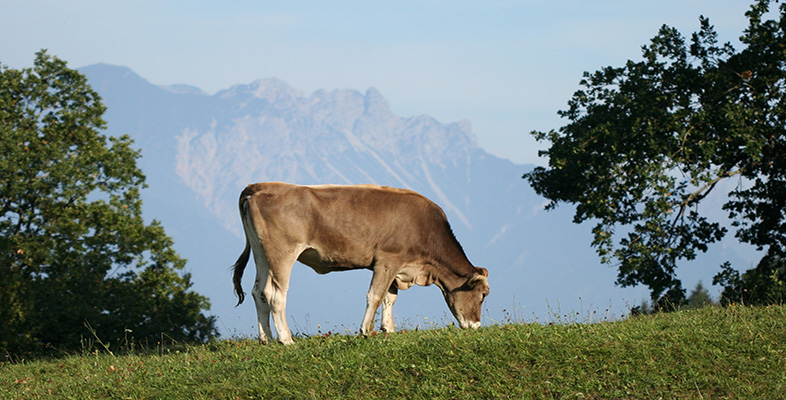
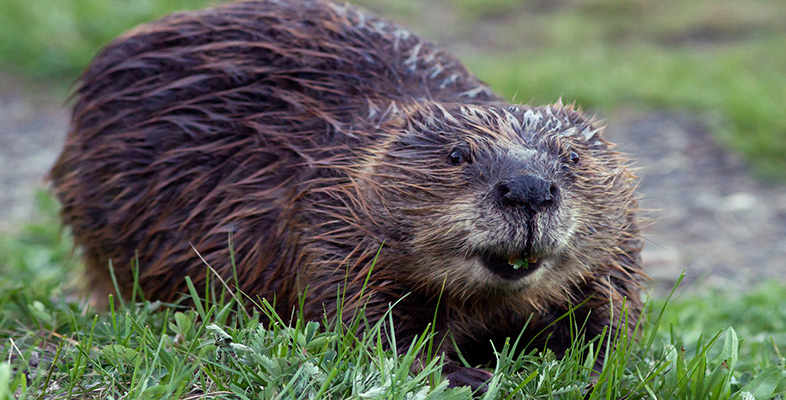
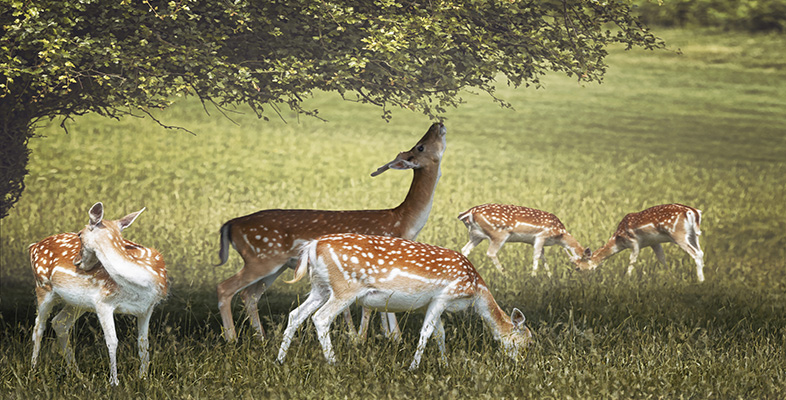
Rate and Review
Rate this article
Review this article
Log into OpenLearn to leave reviews and join in the conversation.
Article reviews